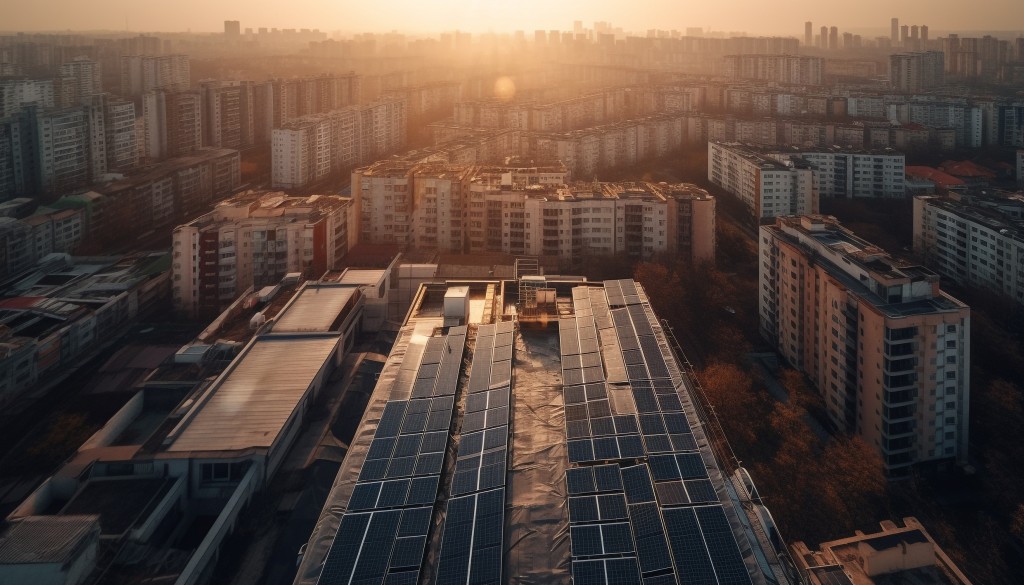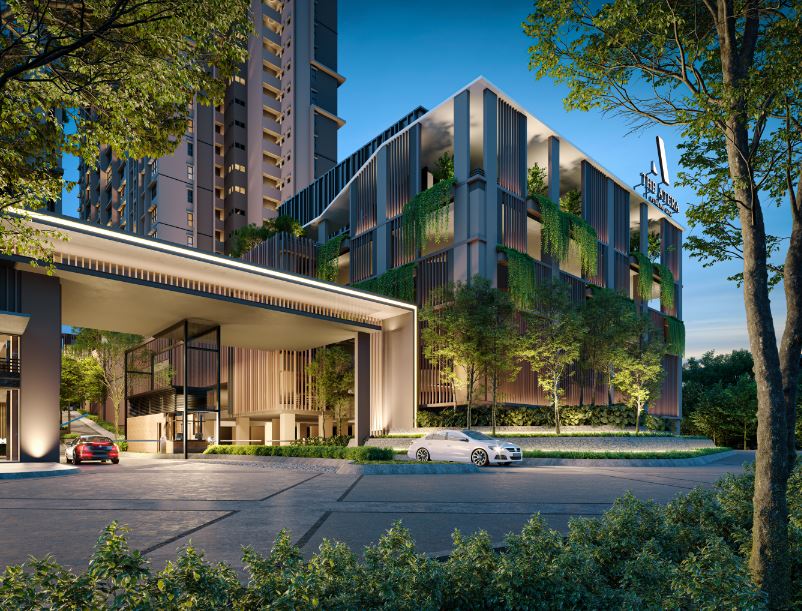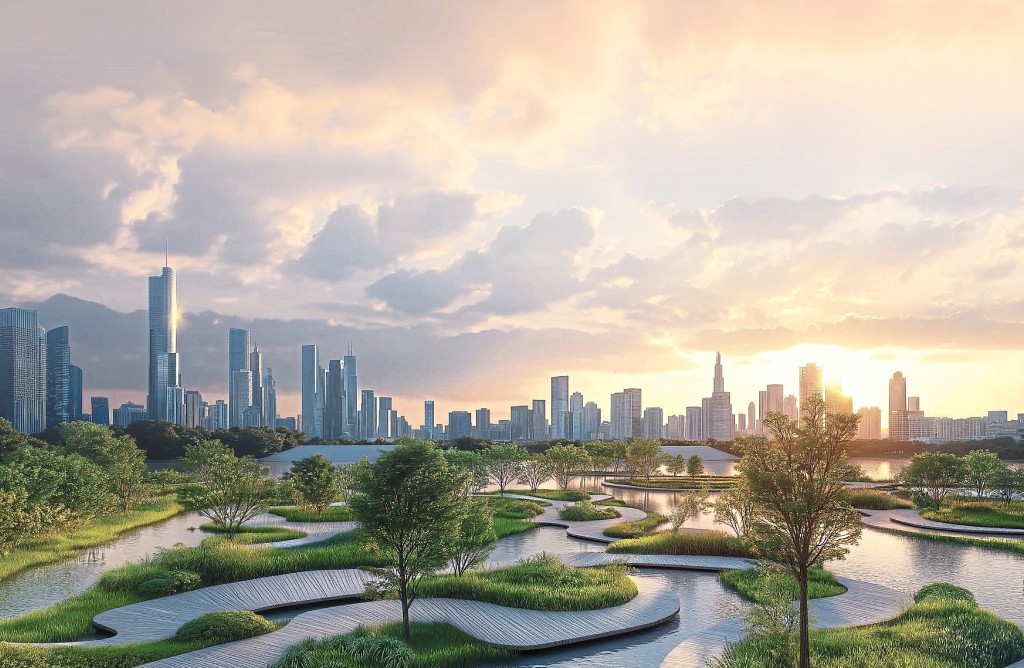Many industry players perceive Malaysia’s standards as inconsistent
As Malaysia advances in its digital economy, the nation is making significant strides in investing in data centres and promoting government-driven digital integration efforts. These developments highlight Malaysia's commitment to technological progress, particularly in industries like property development and management. However, amid these tech-forward initiatives, an essential element often gets overlooked - ongoing property maintenance, which is vital for preserving the value and longevity of assets. This issue is especially pertinent in Malaysia, a country that, despite embracing digital advancements, has struggled historically with maintaining properties effectively.
Many within the real estate sector and property management industry perceive Malaysia’s standards for maintenance as inconsistent, often contributing to a less-than-ideal reputation. In some cases, property maintenance issues have been so pervasive that maintenance itself has taken on a negative connotation. One prime example of this challenge is the condition of public housing in Kuala Lumpur, where residents frequently report problems like leaking roofs, broken elevators and unsanitary conditions. Such issues do not only affect the image of property management companies but also expose a broader systemic issue - maintenance in Malaysia is often seen as an afterthought rather than a priority. As a result, the very word maintenance evokes thoughts of inefficiency and neglect.
While technology is now being deployed to bridge gaps in property maintenance, its role is only part of the solution. At the 2024 Smart Building Conference organised by the Malaysian Institute of Property and Facility Managers, UEM Edgenta Bhd managing director Syahrunizam Samsudin stressed a critical point: No matter how advanced technology becomes, it cannot fully prevent asset deterioration without consistent and ongoing maintenance. His observation underscores a reality in Malaysia’s property landscape—despite advancements in digital infrastructure, the country continues to face significant challenges when it comes to fostering a proactive maintenance culture.
The limits of technology
Reflecting on how the pandemic affected property management, Syahrunizam pointed out an interesting paradox. Despite the severe restrictions on movement and the widespread adoption of remote working arrangements, technology allowed buildings to continue functioning smoothly. However, technology alone could not overcome all challenges. For example, during the early stages of the pandemic, many facility managers faced difficulties tracking productivity and providing completed work to their clients. This gap highlighted that while technology can support operations, it cannot entirely replace the need for human oversight in critical tasks like maintenance.
One illustrative example Syahrunizam provided is UEM Edgenta’s role in maintaining major expressways, such as the PLUS highway. The company employs over two thousand sensors to monitor road conditions in real-time, allowing for an immediate response to any incidents that arise. This approach demonstrates how technology can enhance the efficiency and safety of infrastructure management. However, it also reveals the limitations of relying solely on tech solutions; even the most advanced monitoring systems require a robust maintenance culture to ensure long-term effectiveness.
Historically, Malaysia’s approach to property maintenance has been criticised for being reactive rather than proactive. Asset owners and managers often delay addressing maintenance issues until they become severe, focusing instead on immediate cost savings or new developments. This short-term focus comes at the expense of long-term asset preservation and value. Over time, this approach contributes to the broader systemic issues in property management and highlights the disconnect between asset owners' expectations and the realities of maintenance.
A cost-centric mindset
A major challenge facing Malaysia’s property management sector is the prevailing cost-centric mindset. As Syahrunizam noted, when discussing smart cities and advanced property management, stakeholders often focus on one question: "How much does your service cost per square foot?" While managing costs is important, this narrow focus on immediate expenses can overshadow the need for investment in long-term maintenance solutions, which are essential for preserving asset value.
By contrast, in cities like Dubai, property developers and asset managers take a different approach. Rather than fixating solely on facility management costs, they place a higher emphasis on customer experience and the long-term value generated by well-maintained properties. This shift reflects the growing recognition that customer satisfaction and the overall experience of building users play a central role in determining an asset’s market value. This contrast in approaches between Malaysia and other global markets highlights the need for a cultural shift in how maintenance is viewed and prioritised in the country.
Complex relationship with technology
Technology's role in facility management extends far beyond immediate problem-solving or reactive responses to maintenance issues. Such platforms can leverage sensor technology to transition buildings into smart, automated spaces. These systems can adjust building performance, including regulating air conditioning and lighting, based on environmental conditions and real-time data. This level of automation helps optimise energy use and reduce operational costs, creating more efficient and sustainable buildings.
However, in Malaysia, facility management is often introduced only when problems arise, rather than being incorporated from the very beginning of a building’s life cycle. In more advanced markets, facility management is integrated into the design and construction phases, ensuring that maintenance considerations are embedded in the building’s operational plans from the outset. This proactive approach leads to the creation of hyper-aware buildings—structures that use artificial intelligence (AI) and sensor technology to anticipate maintenance needs and adjust building operations accordingly. Yet, Malaysia still lags behind in adopting this forward-thinking, integrated approach to facility management.
Workforce challenges
Addressing Malaysia’s maintenance culture also requires addressing workforce challenges. As automation and AI technologies become more prevalent in facility management, there are concerns about the future of human roles in the industry. However, rather than replacing human workers, technology can complement and enhance human capabilities. For example, countries like Singapore have introduced automation grants that support the use of robots in tasks such as cleaning and logistics, creating new supervisory roles for workers who oversee these automated systems.
Malaysia must take a similar approach by updating training programs to prepare its workforce for the evolving demands of digital integration. Facility managers and engineers need to be equipped with the skills to operate and manage advanced systems that leverage AI and automation. This shift will help foster a new generation of professionals who can bridge the gap between traditional maintenance practices and the requirements of modern, tech-driven facilities.
As Malaysia continues to build its digital economy, addressing the gap between technological innovation and maintenance practices is crucial for ensuring the long-term value of assets. Syahrunizam’s observations point to the need for a holistic strategy that integrates facility management into the design phase of buildings, leverages automation and AI, and prepares the workforce for the future of property management.
While technology provides powerful tools for managing and enhancing assets, it cannot replace the fundamental need for ongoing maintenance. The Pangkalan Data Utama (Padu) citizen database, which integrates digital solutions like facial recognition and cardless transactions, has sparked both excitement and scepticism. For Malaysia’s digital initiatives to succeed, public trust must be fostered and digital solutions must prove their value in enhancing maintenance efforts rather than complicating them. Moreover, Malaysia can overcome its historical challenges and ensure that its assets remain valuable, functional and well-maintained for years to come. Bridging the gap between technological advancements and traditional maintenance practices is key to achieving sustainable growth in the country’s evolving digital landscape.
Stay ahead of the crowd and enjoy fresh insights on real estate, property development, and lifestyle trends when you subscribe to our newsletter and follow us on social media.















































